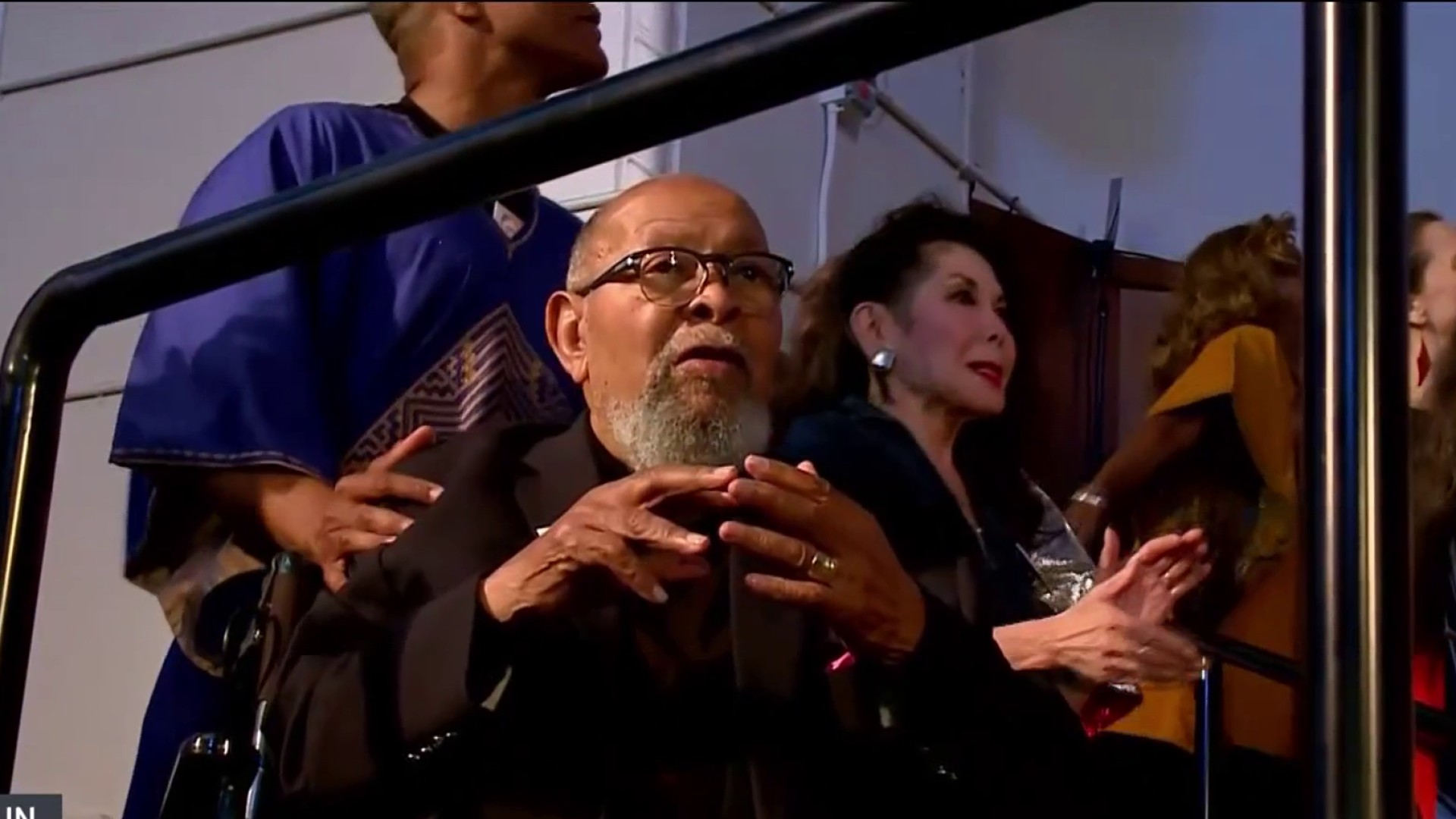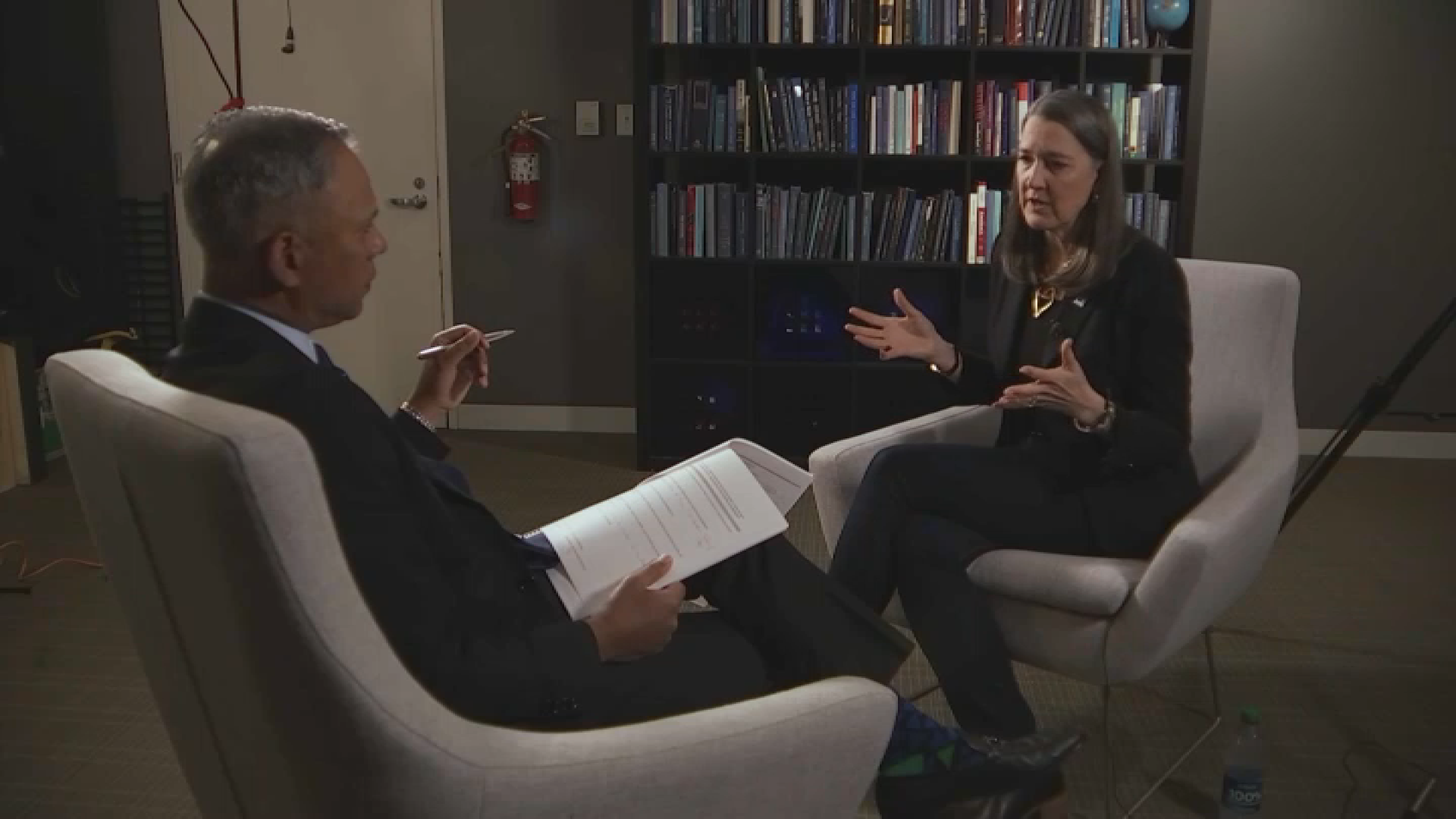When a second grader told Elisa Perez that his stomach hurt, not because he needed to go to the bathroom, but because he was hungry, Perez, a mother and after school childcare worker, knew she had to do something fast.
So she did: At her school in Santa Clara, she figured out a way to get the boy and other families like his food to last them through the weekend.
That idea blossomed into something bigger. Today, Perez is the YMCA program director in San Jose and in charge of seven sites where food is distributed to needy families throughout the South Bay, part of the Second Harvest Food Bank Kids NOW program. Every Thursday afternoon, about 500 or more children and their parents line up at their schools to take home fresh groceries, rice and other staples to get them through the weekend, when free and reduced meals at schools aren't provided.
And now, Second Harvest - and other food banks- are doing their best to provide food to children this summer, when school is out.
"There are hunger issues in our community," said Perez, who won a national award in 2011 for her initiative that began four years ago. "When kids are hungry, they can't focus on school. The families get really excited about this. It really helps them so much."
Santa Clara County Has Most Food Insecure Children
Of all the Bay Area, Santa Clara County has the highest number of children - 24 percent - who are "food insecure," a term used to describe an unfortunate phenomenon where people don't always know where their next adequate meal will come from. That data and more will be made public Monday in the third annual Feeding America "Map the Meal Gap" report, showing on a county level that hunger exists throughout the United States. NBC stations were able to get an exclusive look at the data before the formal release date.
Some of the report's key findings show that Los Angeles has the most food-insecure children of any county, and that Mississippi has eight counties that hold the dubious ranking of "Top Ten" for the most food insecure counties in the nation.
Ross Fraser, a spokesman for Feeding America, the nonprofit Chicago-based coalition of about 200 food banks, said that the numbers have mostly stayed the same over the last two years, but the country suffered a major blow during the recession of 2008, and that jump in "food insecure" people from back then has not abated.
MORE: Peninsula Teen Recognized for Fight Against Hunger
While California's average for adults being "food insecure" is 16 percent, children rank at 22 percent. Many food experts say that higher number is derived because there are often several children in one family who are unsure of where and when they will eat next, compared to a single adult.
Local
A lack of adequate nutrition in children, for even a brief period of time, may cause permanent physical and developmental impairments, according to Dr. Craig Gundersen, professor of Agricultural and Consumer Economics at the University of Illinois. He is an international food insecurity expert and the lead researcher of the “Map the Meal Gap” study.
Bay Area Counties Ranking for Food Insecurity
After Santa Clara County, Bay Area children are the most unsure about their next meals in Sonoma County (21 percent) followed by Napa, Solano and Alameda counties (20 percent.) The "best" county for having the children with the least about of fear about their next meal is Marin County, where only 15 percent of children define themselves as "food insecure."
These numbers may seem shocking in a region of the country that is, overall, more affluent than others. But Caitlin Kerk, spokeswoman for Second Harvest, said that the exorbitant cost of living in the Bay Area is also a key factor in making it harder for working- or middle-class families to make ends meet.
Keeping Food Banks Open During Summer
That's why food banks all over the country are hoping to do more when school lets out.
The Second Harvest Food Bank will provide food to nearly 100,000 children this summer.

And the San Francisco and Marin Food Banks, which serve 225,000 people by feeding them 45 million pounds of food a year, are trying to keep 32 of its 59 school pantries open this summer to help people like Viviana Hernandez, a parent at Hillcrest Elementary School in San Francisco. Her catering job doesn't bring in much money, and her husband, a plumber, has struggled to find jobs. She relies on food provided at the school for her family, including her son, Joshua. The food bank is now in a major push to raise nearly $300,000 to keep the Healthy Children Pantries operating through the fall.
Lionel Hill, 57, is both a recipient at and a volunteer for the San Francisco food bank. A part-time elections clerk and full-time student at City College, Hill is raising his 6-year-old grand nephew, Desamuel James. The daily school lunches are a boon for his pocketbook. "I'm low income," he said. "And this food really helps."
Hill said that when he volunteers at the pantry, he sees that even though he is in a situation where he needs help, there are others worse off than him. He lives in San Francisco's Hunter's Point/Bayview district, where unemployment is high and there are lots of working poor.
"So when they get the food, the parents always thank us," Hill said. "If somehow this food were taken away it would be a big hardship."
IF YOU'RE INTERESTED: To learn more or donate, visit www.SHFB.org and www.sffoodbank.org.
This report was produced as part of a collaboration with InPlainSight.NBCNews.com, TheGrio.com,NBCLatino.com, MSNBC.com, and NBC's owned television stations.



